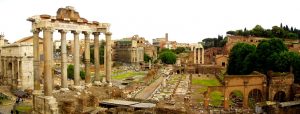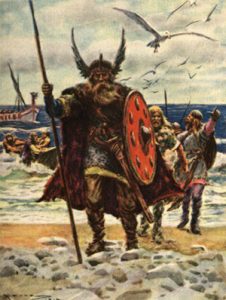
The Roman Empire’s rise and fall offer a fascinating glimpse into the connection between physical fitness and societal success. During its peak of conquest and expansion, the Roman way of life prioritized physical prowess. Roman citizens (age 17-60) were essentially a military reserve, undergoing rigorous training that included running, jumping, and throwing exercises (discus and javelin). This focus on physical fitness resulted in a formidable army that conquered vast swathes of the Western world.
From Strength to Decline: The Seduction of Luxury
However, the Roman story takes a dramatic turn. As the empire amassed wealth, a shift in priorities emerged. The allure of entertainment, particularly the brutal spectacle of gladiator fights, began to supersede the importance of physical conditioning. Romans, seduced by material possessions and a luxurious lifestyle, gradually let their fitness levels decline. This deterioration in physical health is believed to be a contributing factor in the Roman Empire’s ultimate downfall.
Barbarian Fitness: Survival of the Fittest

The barbarian tribes from Northern Europe who eventually conquered Rome presented a stark contrast. Their way of life, centered around hunting, gathering, and farming, necessitated a high level of physical activity. Survival itself demanded fitness. While the fall of Rome marked a cultural setback, it ironically coincided with a resurgence of physical fitness across Europe during the Dark and Middle Ages.
Stay tuned for more on the history of fitness!
-Steph